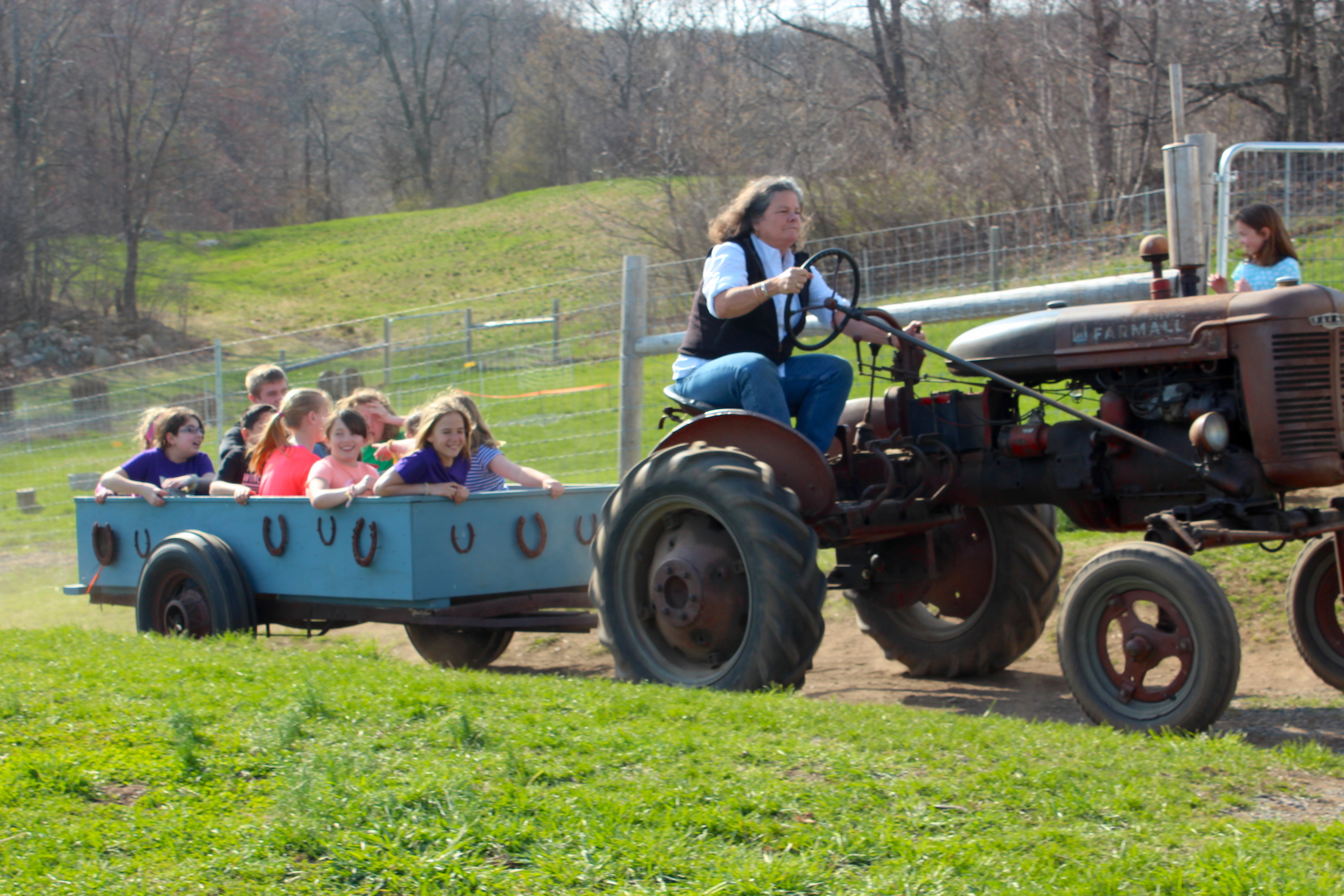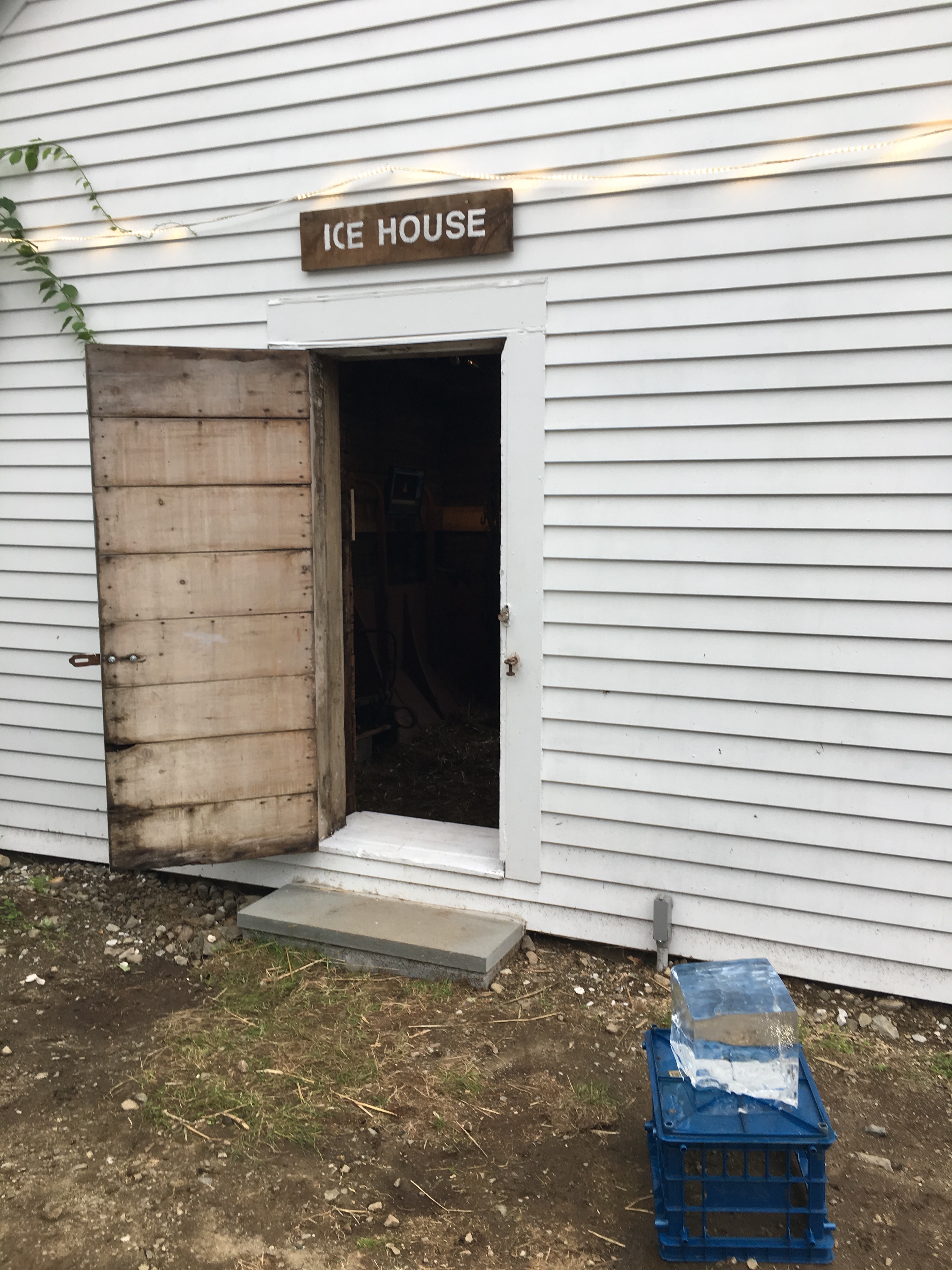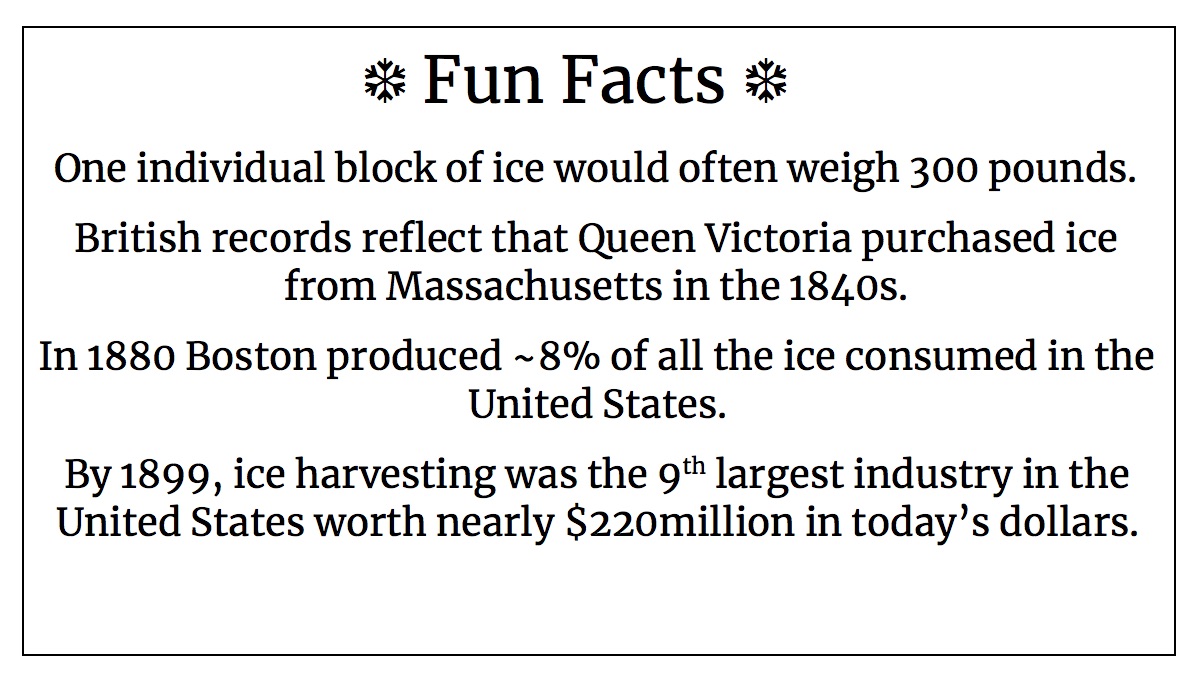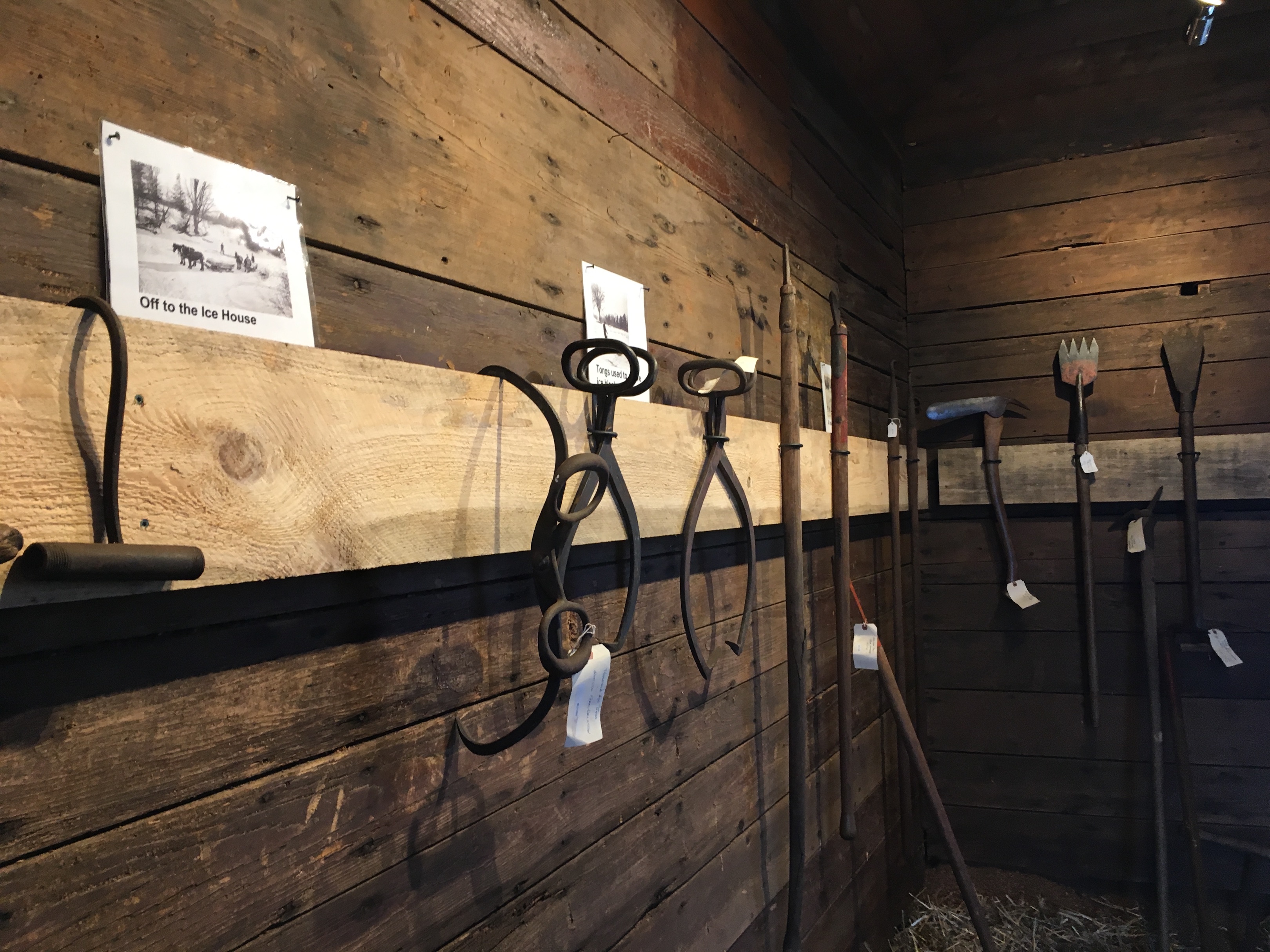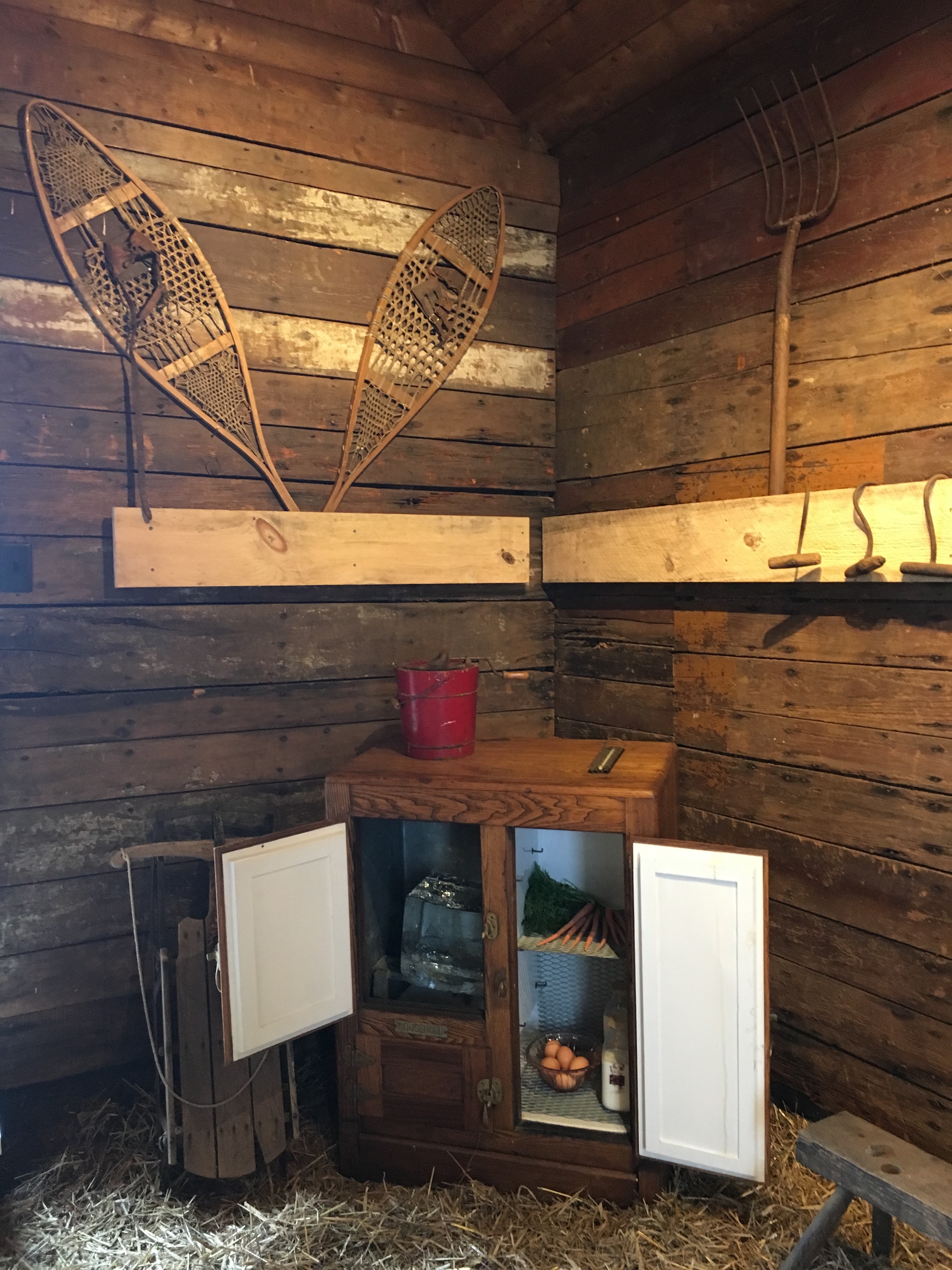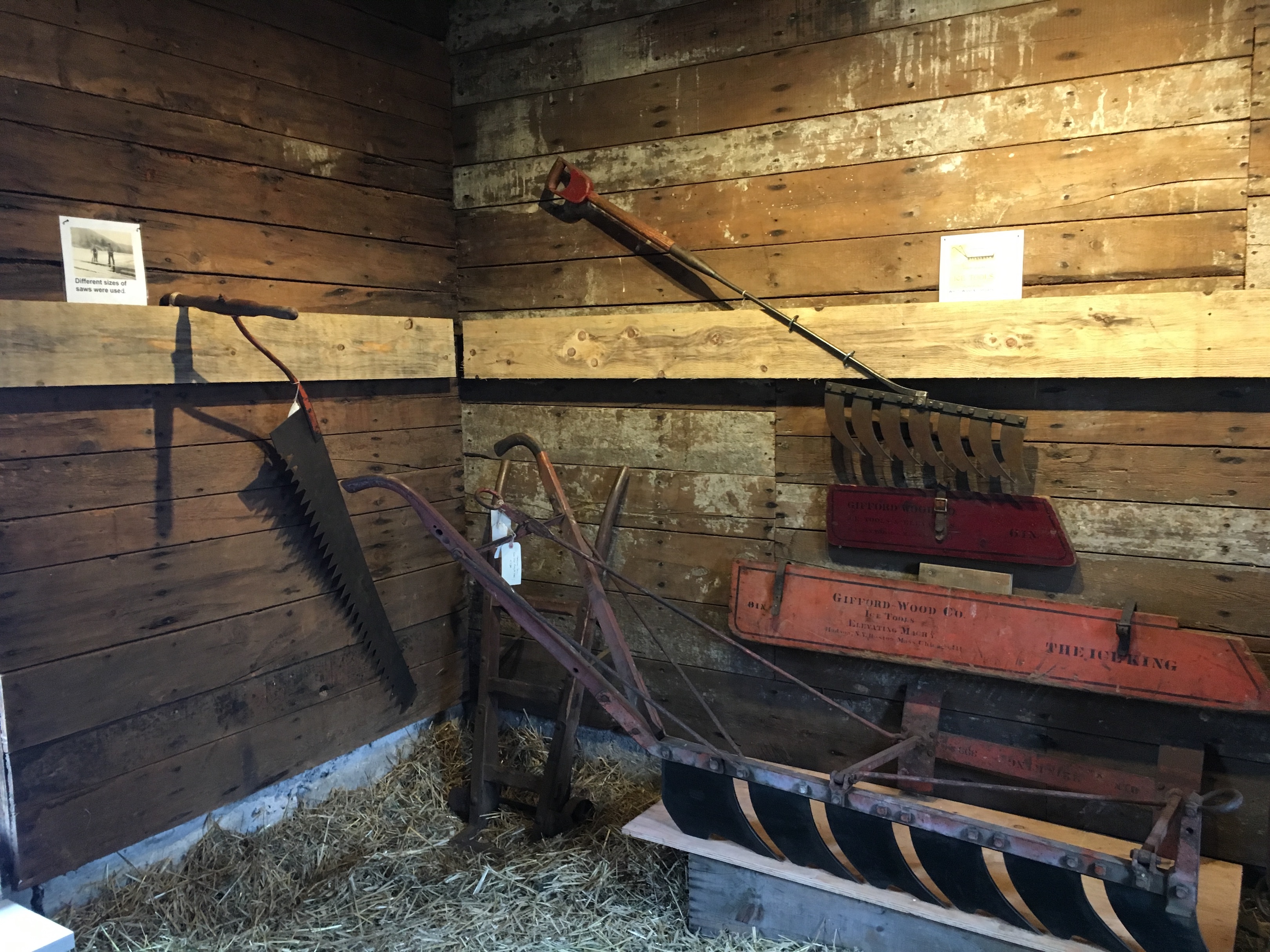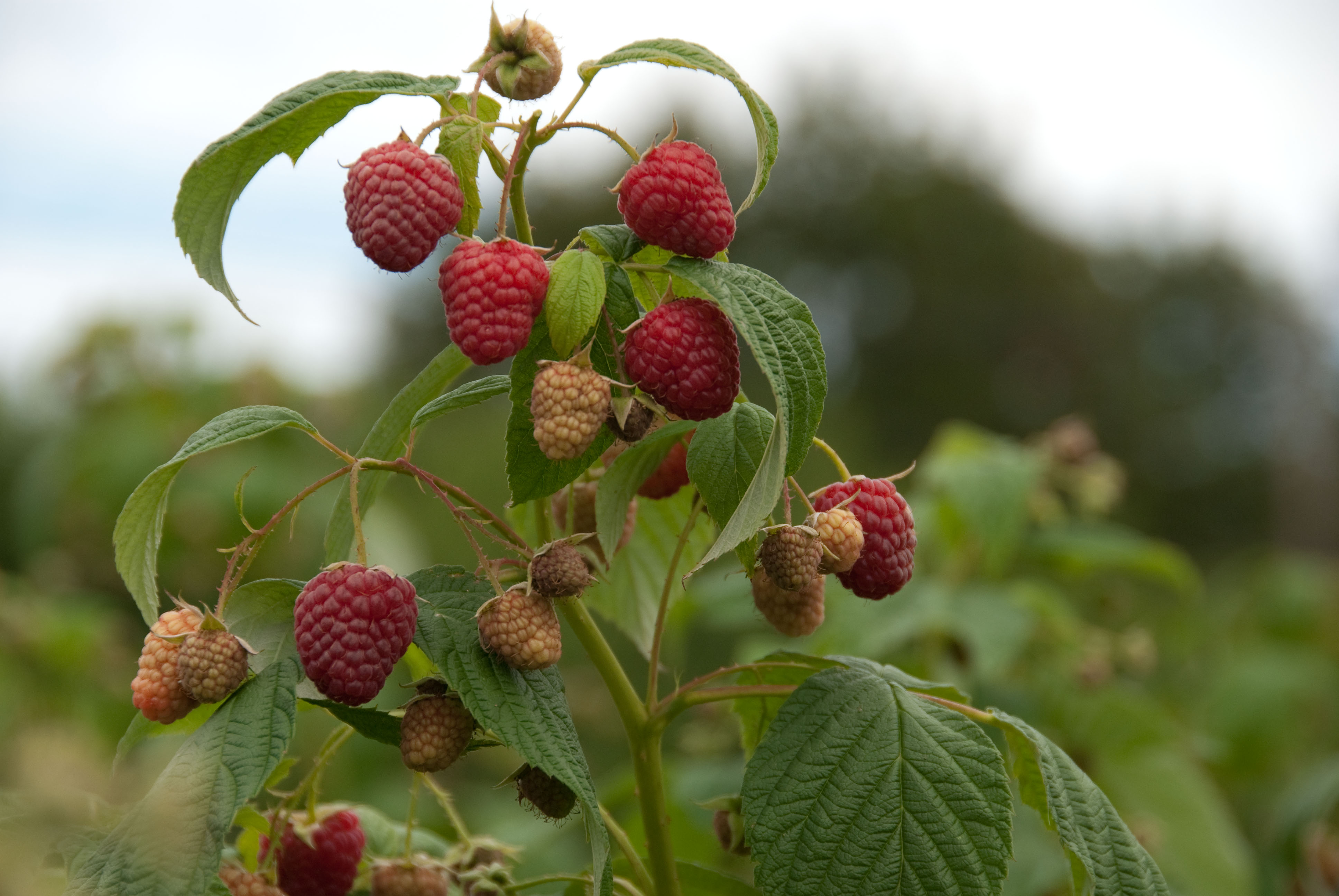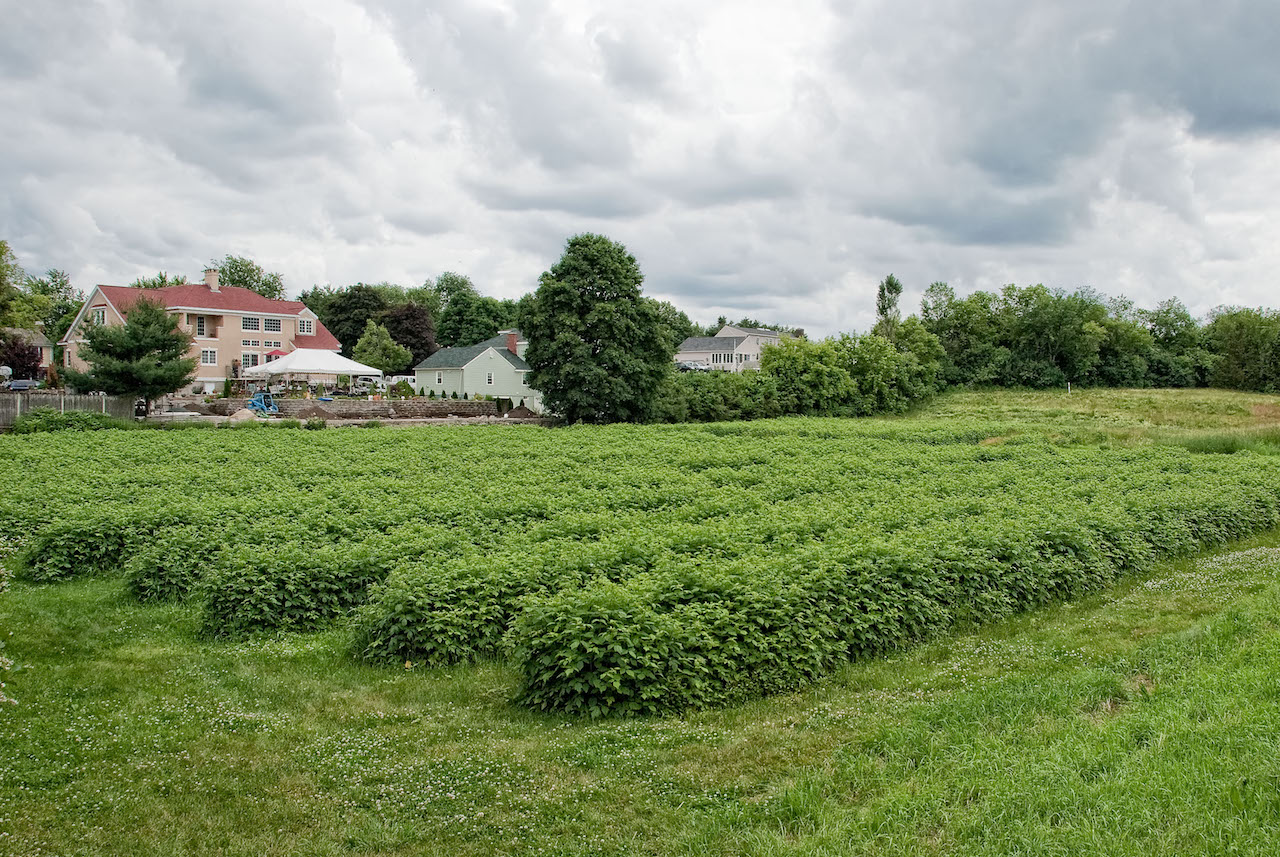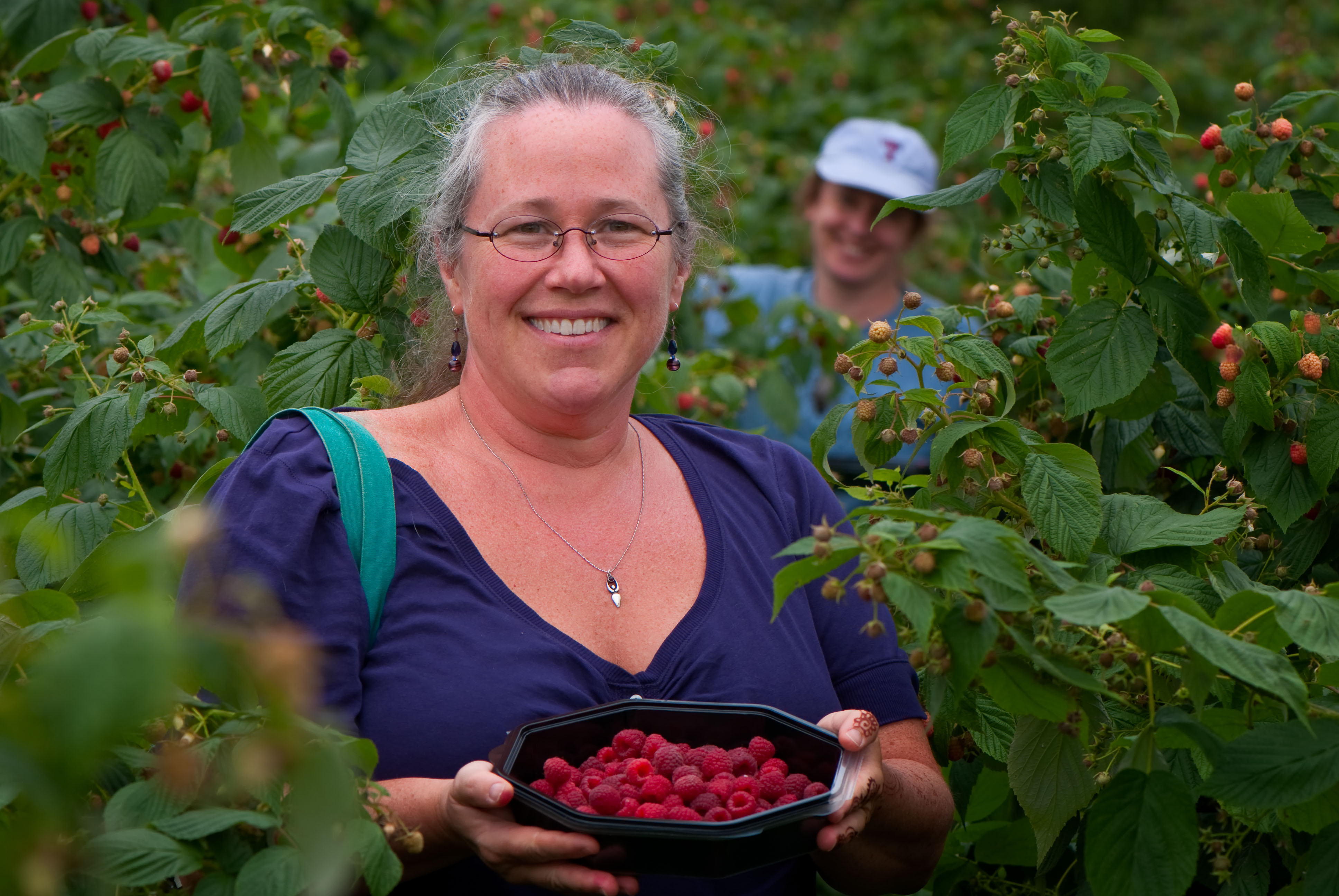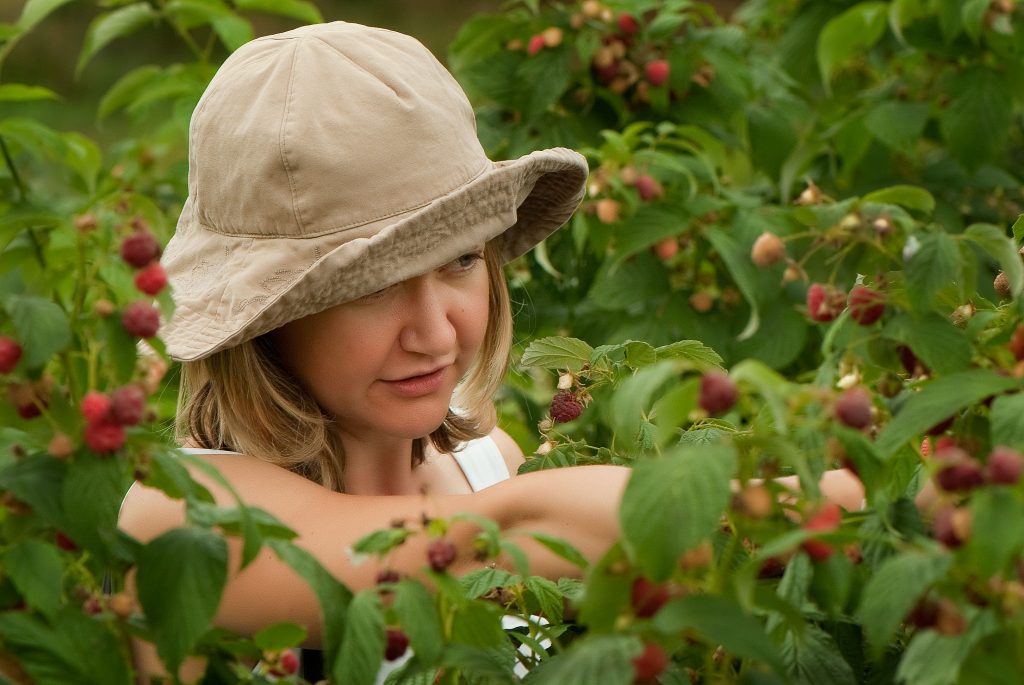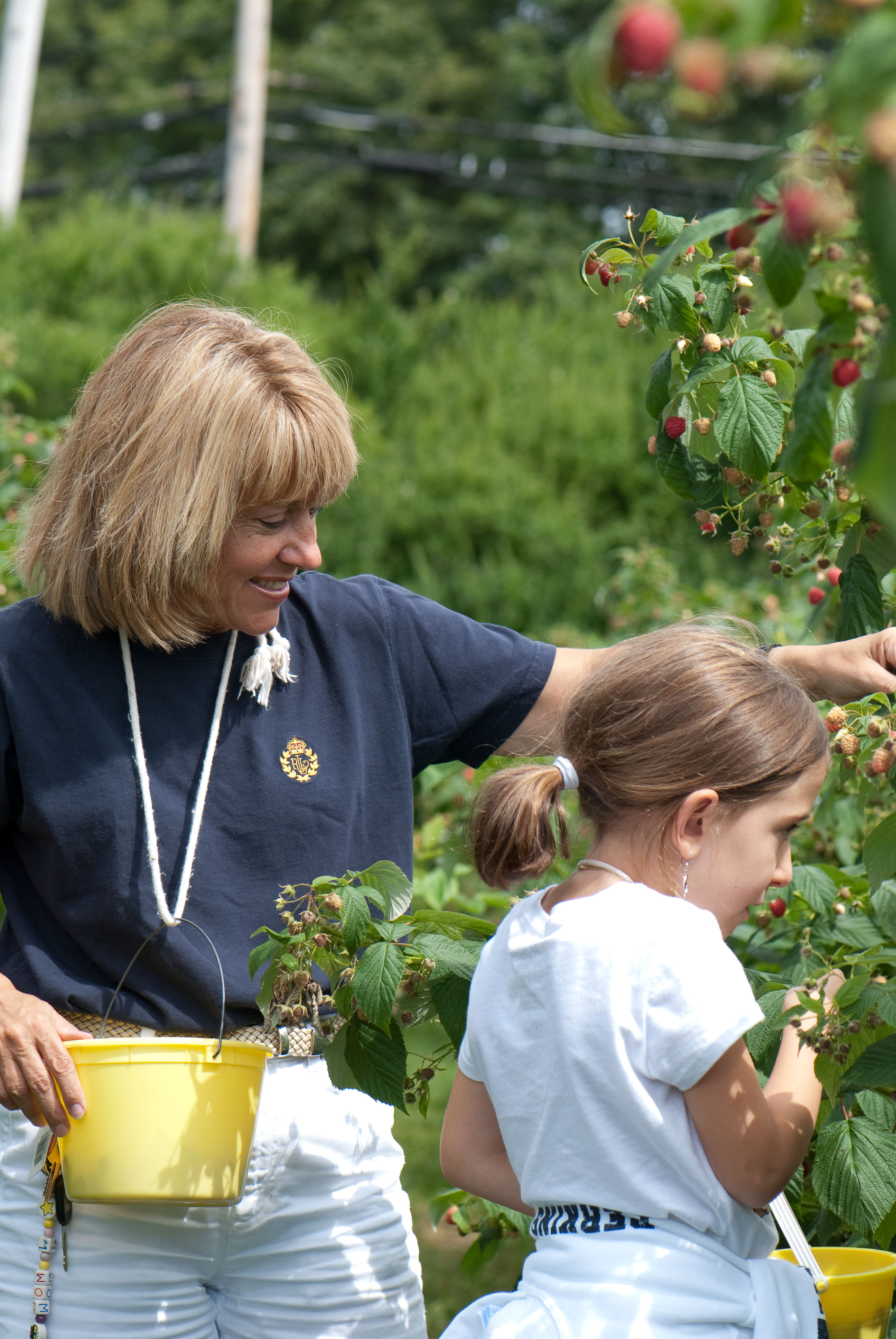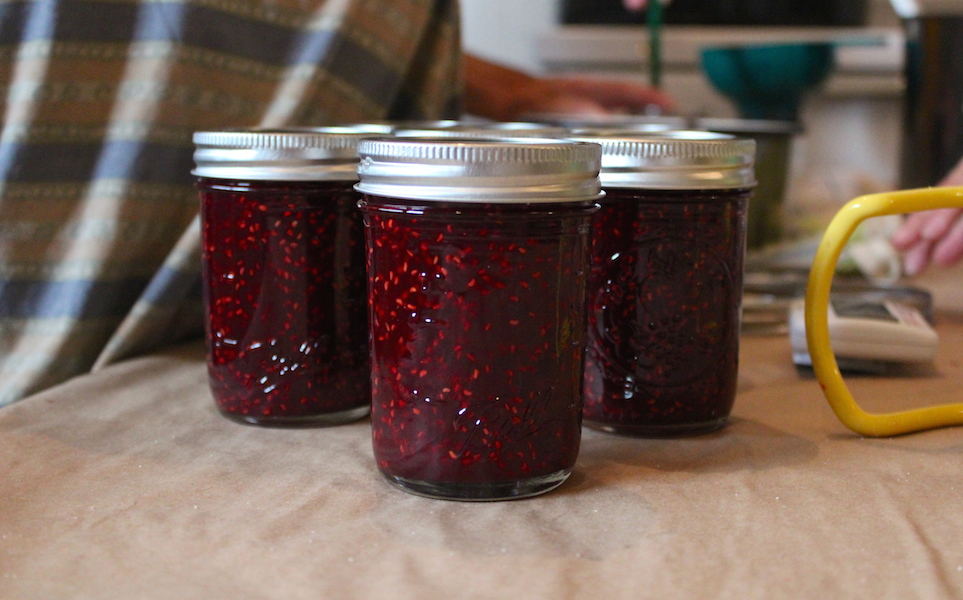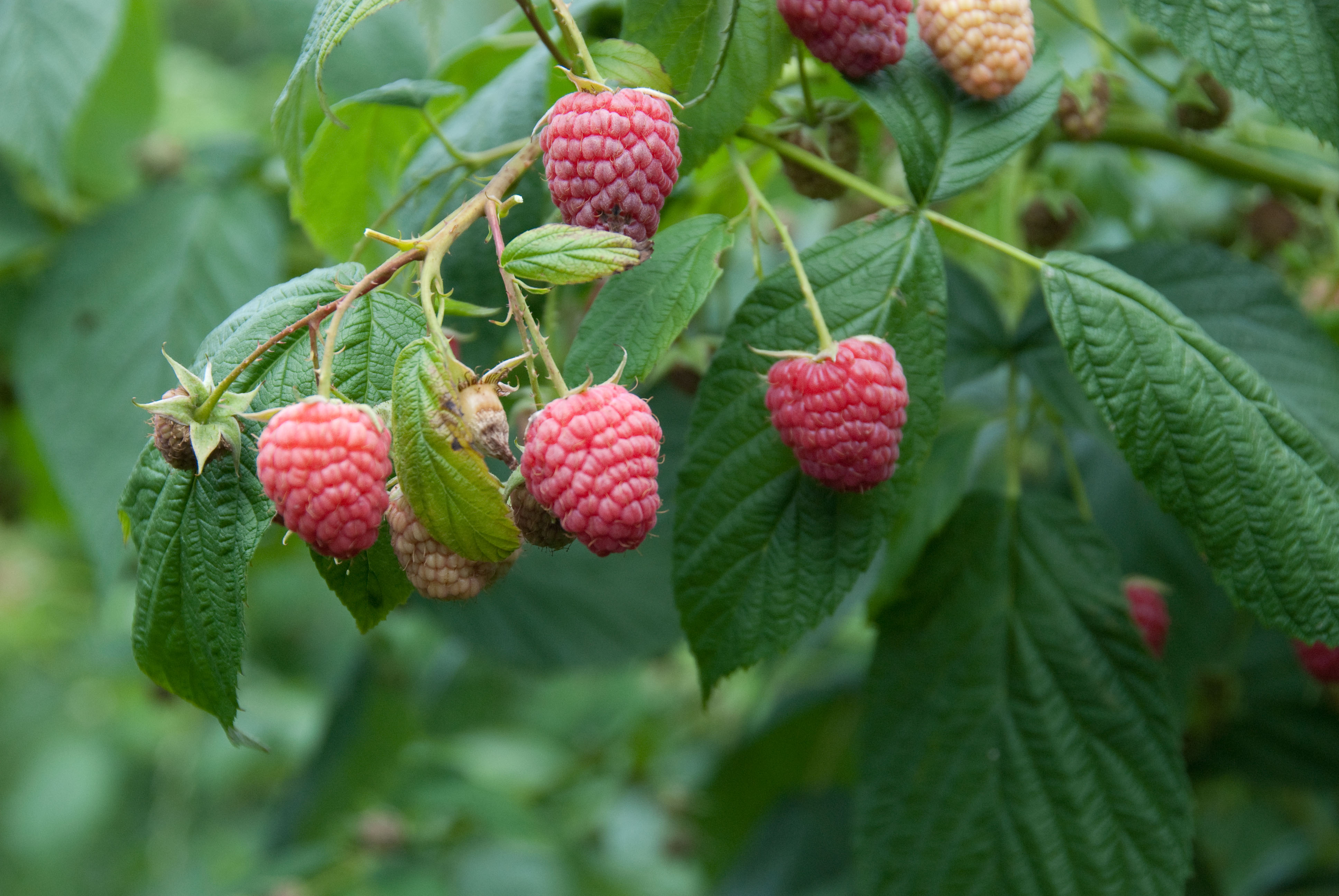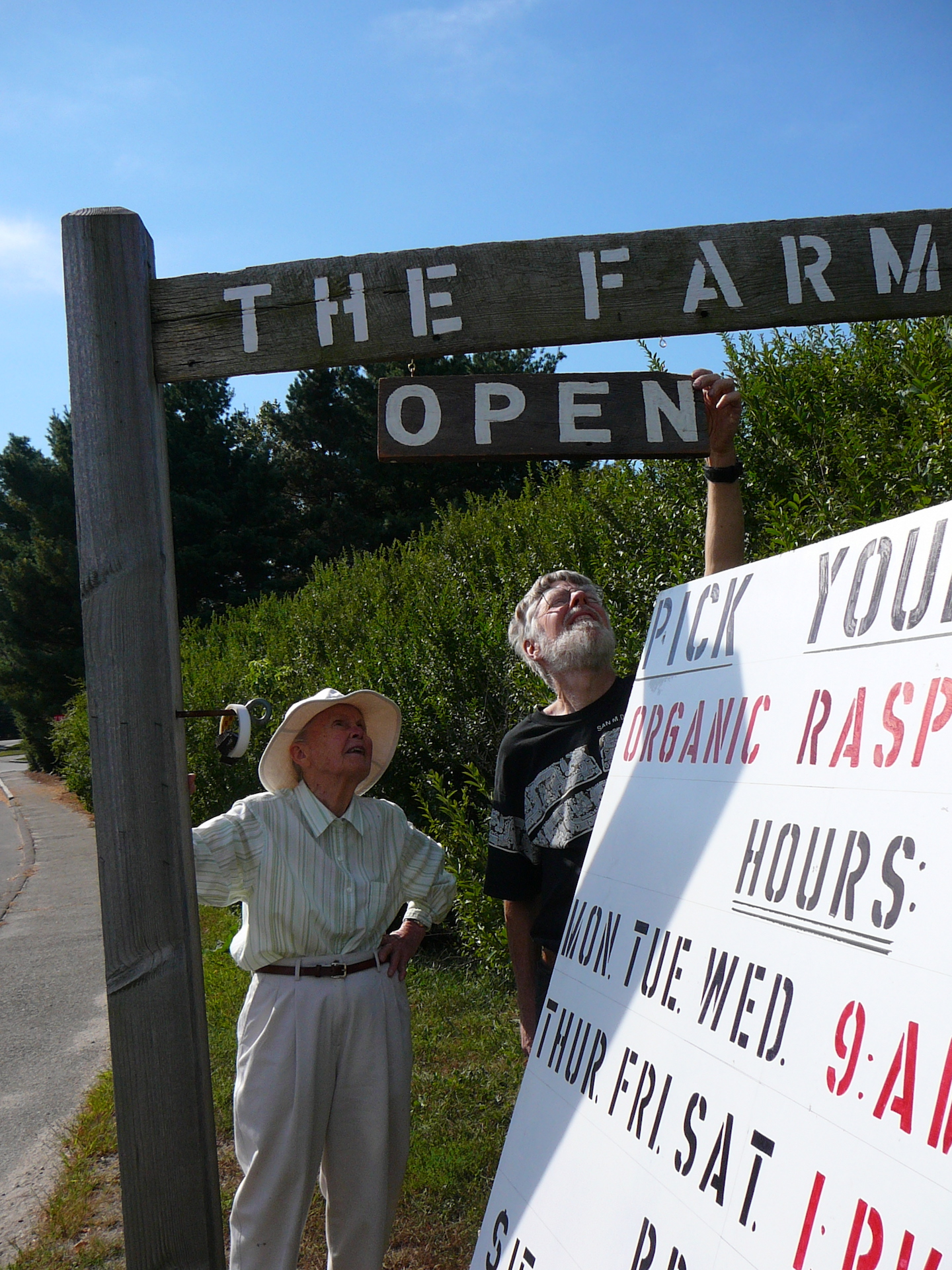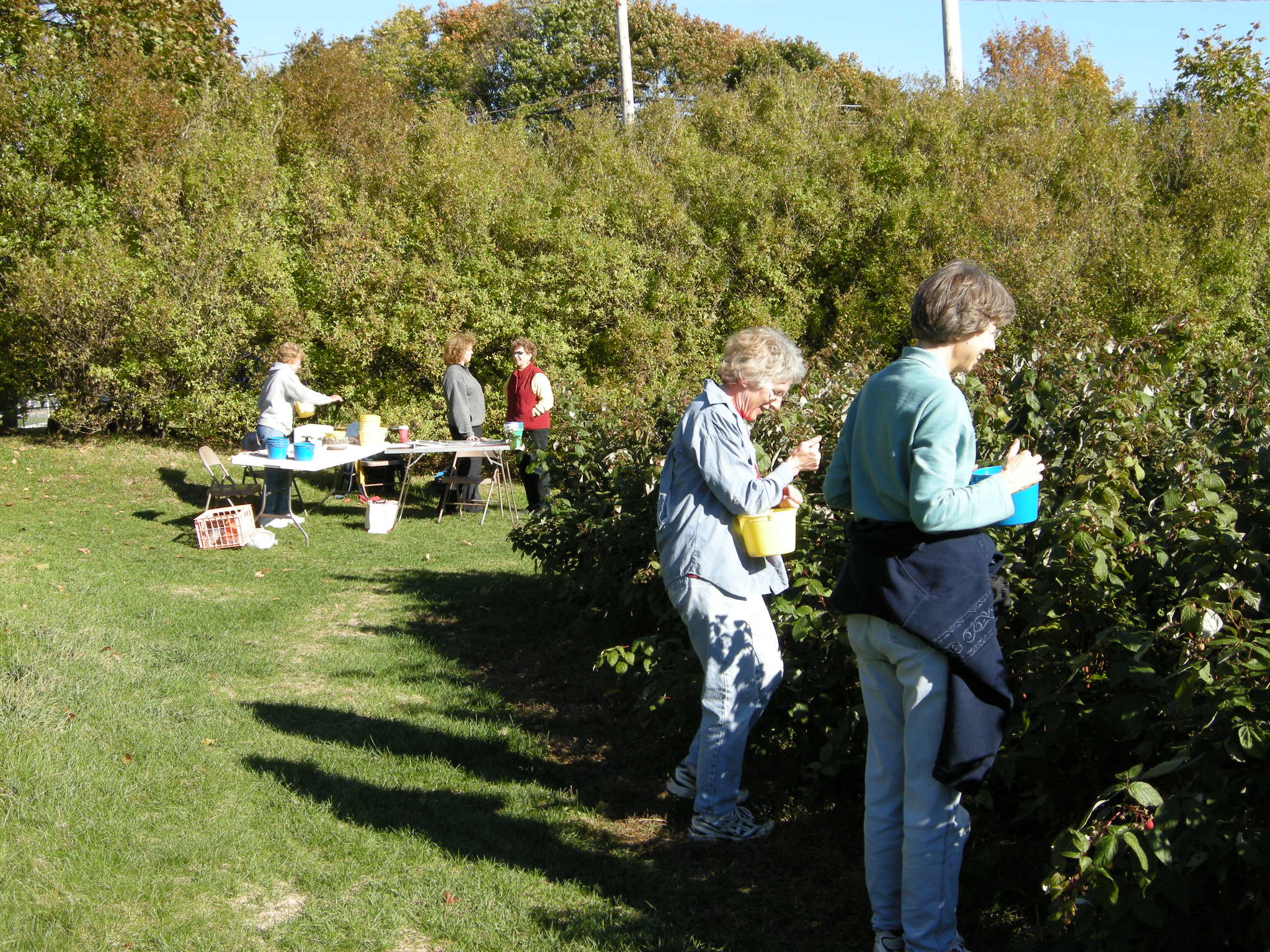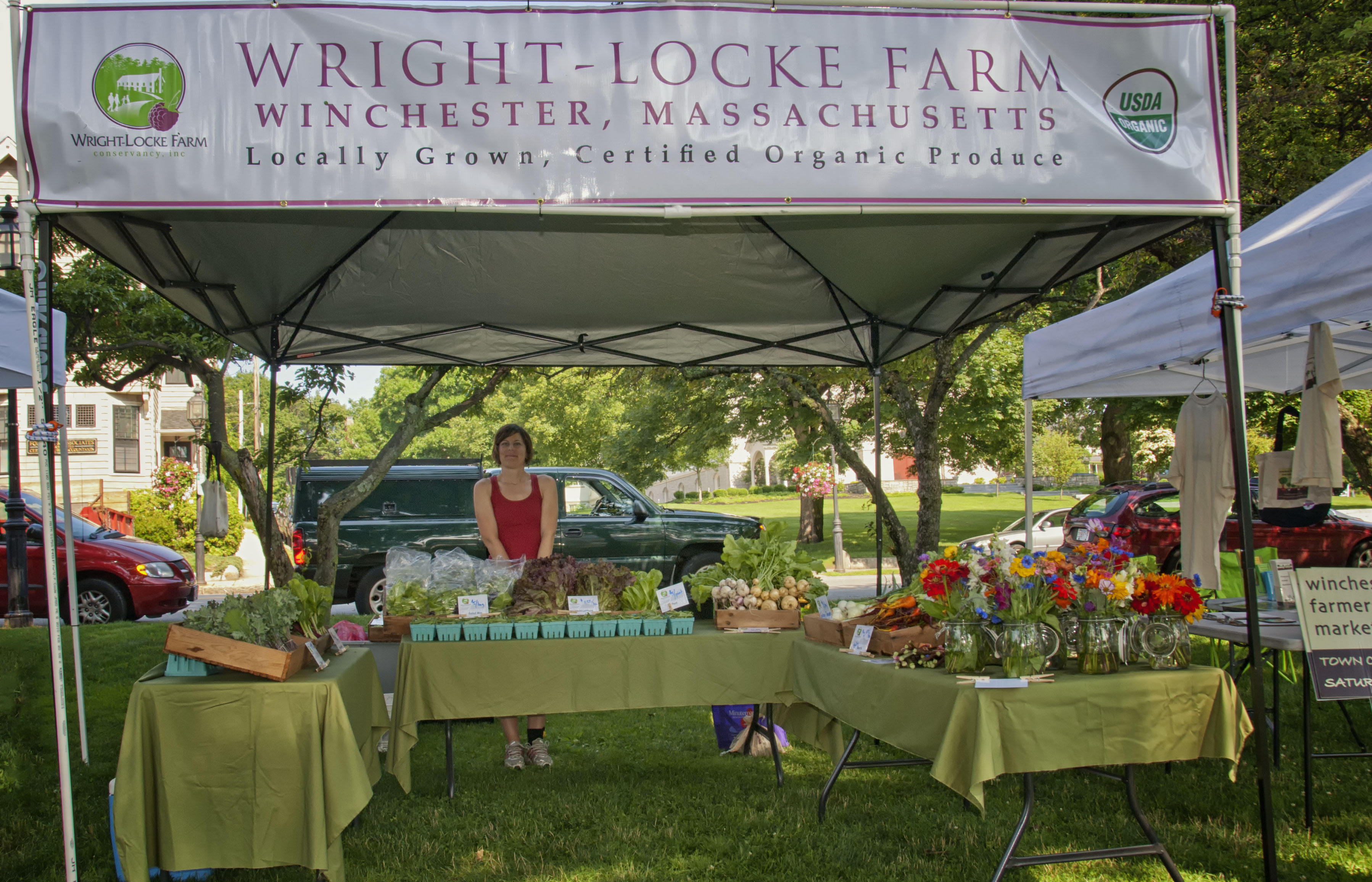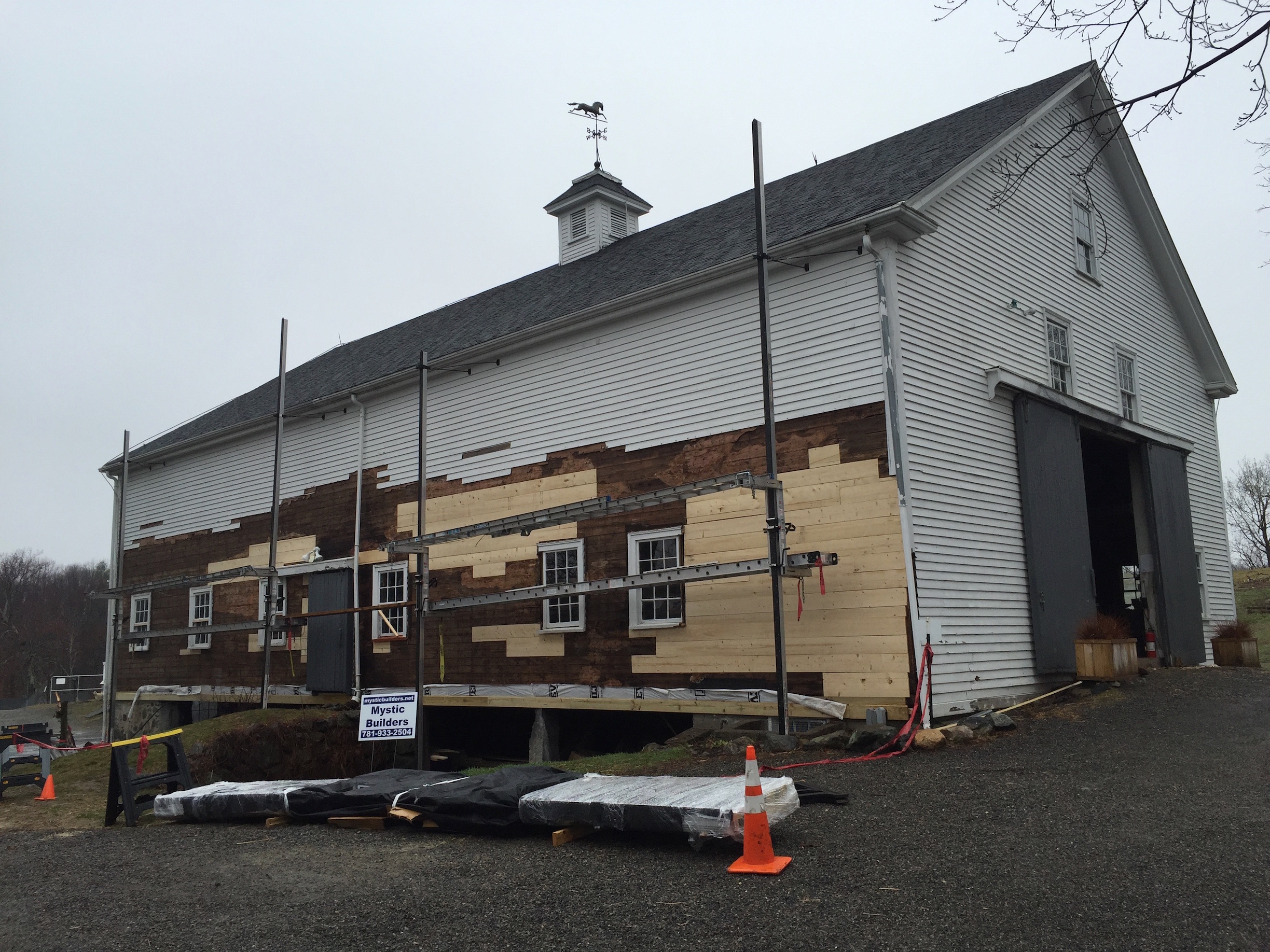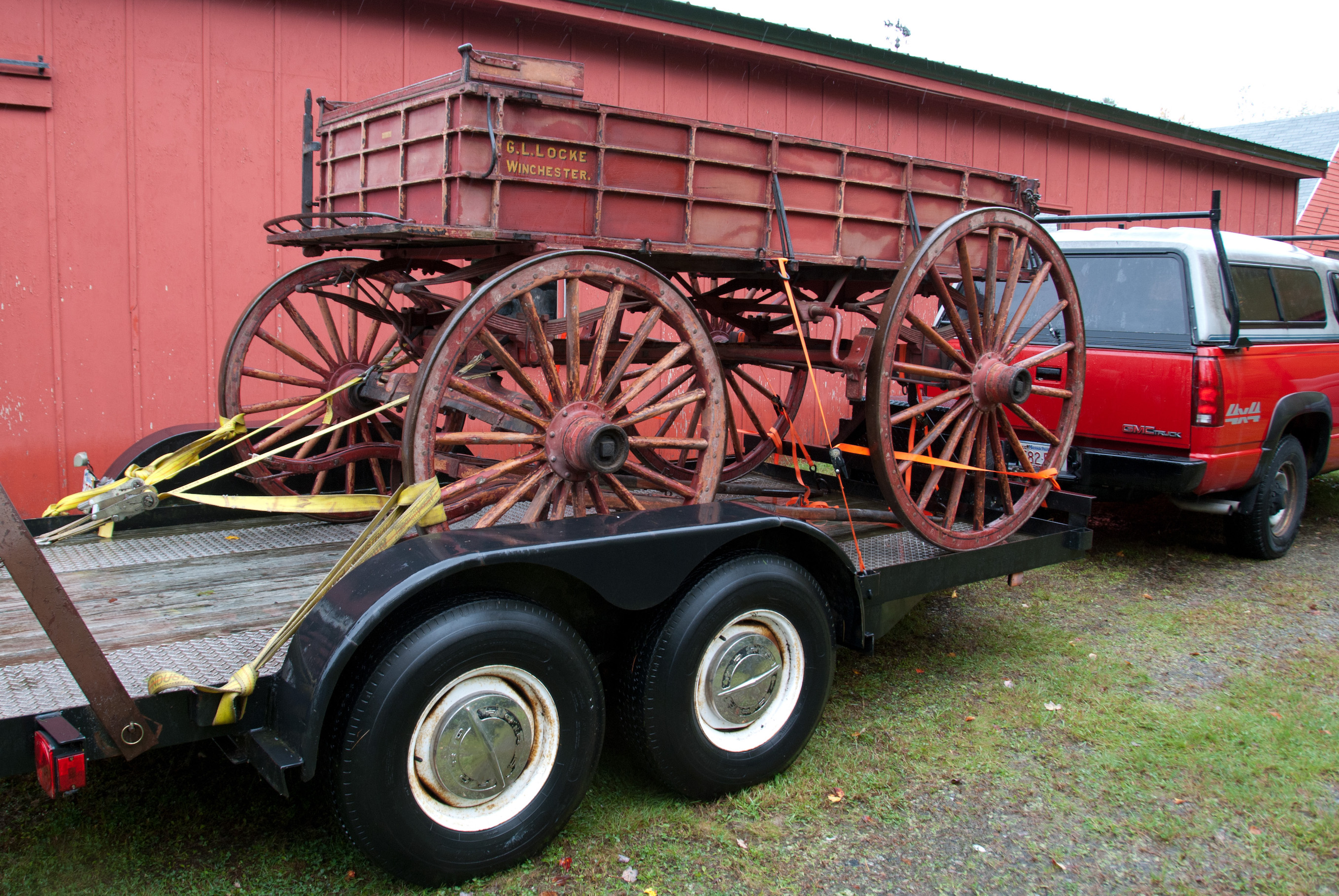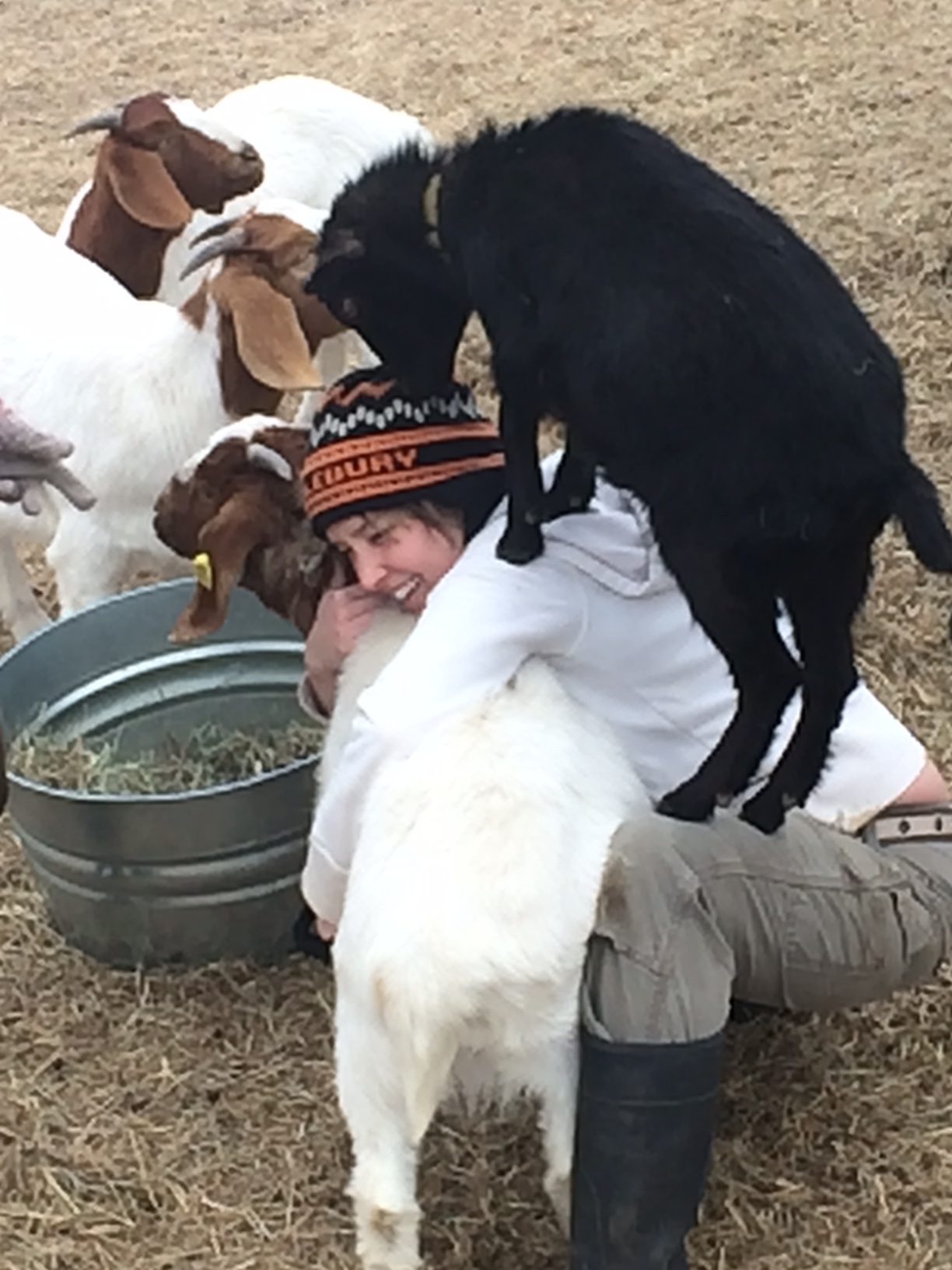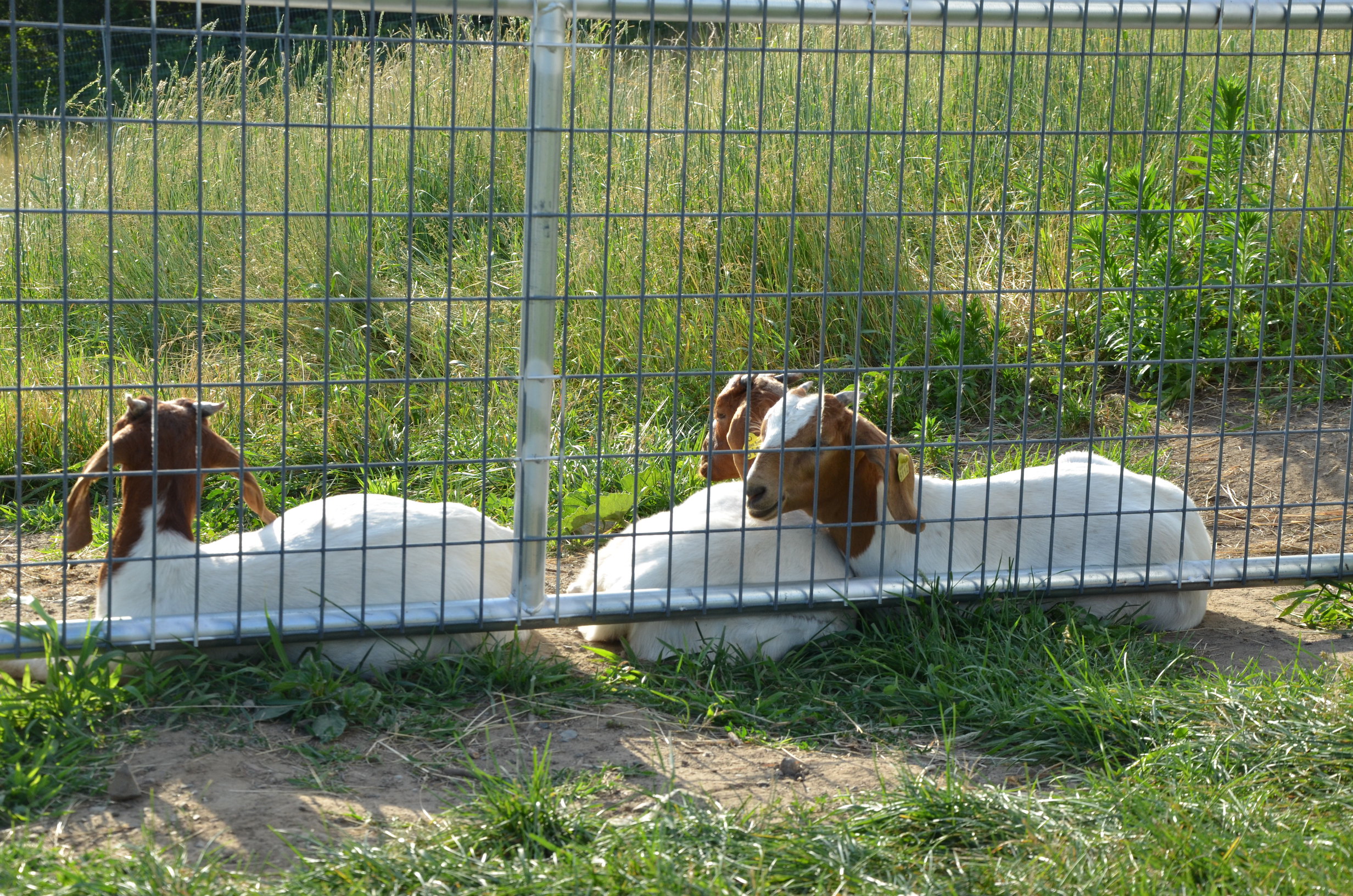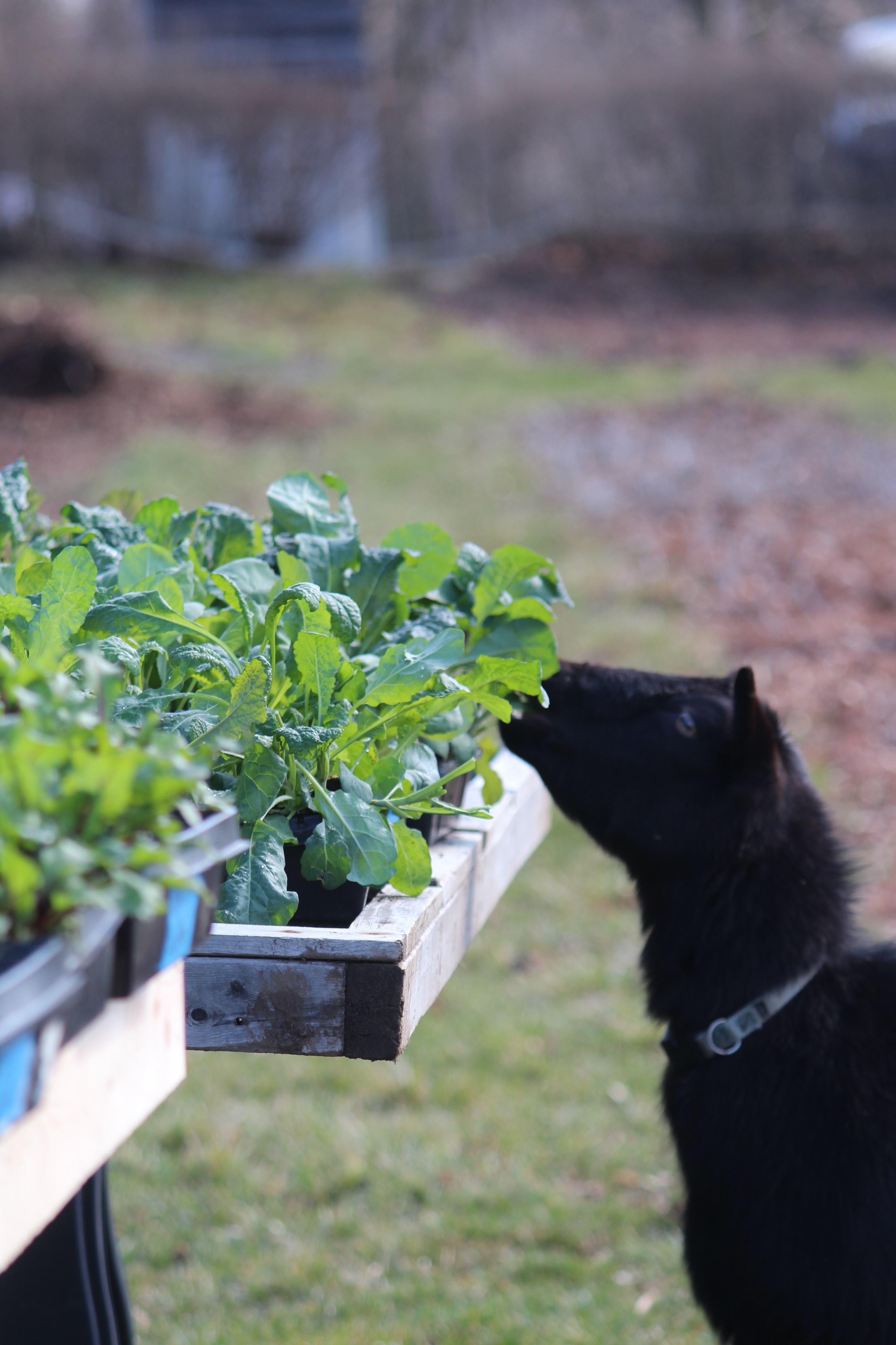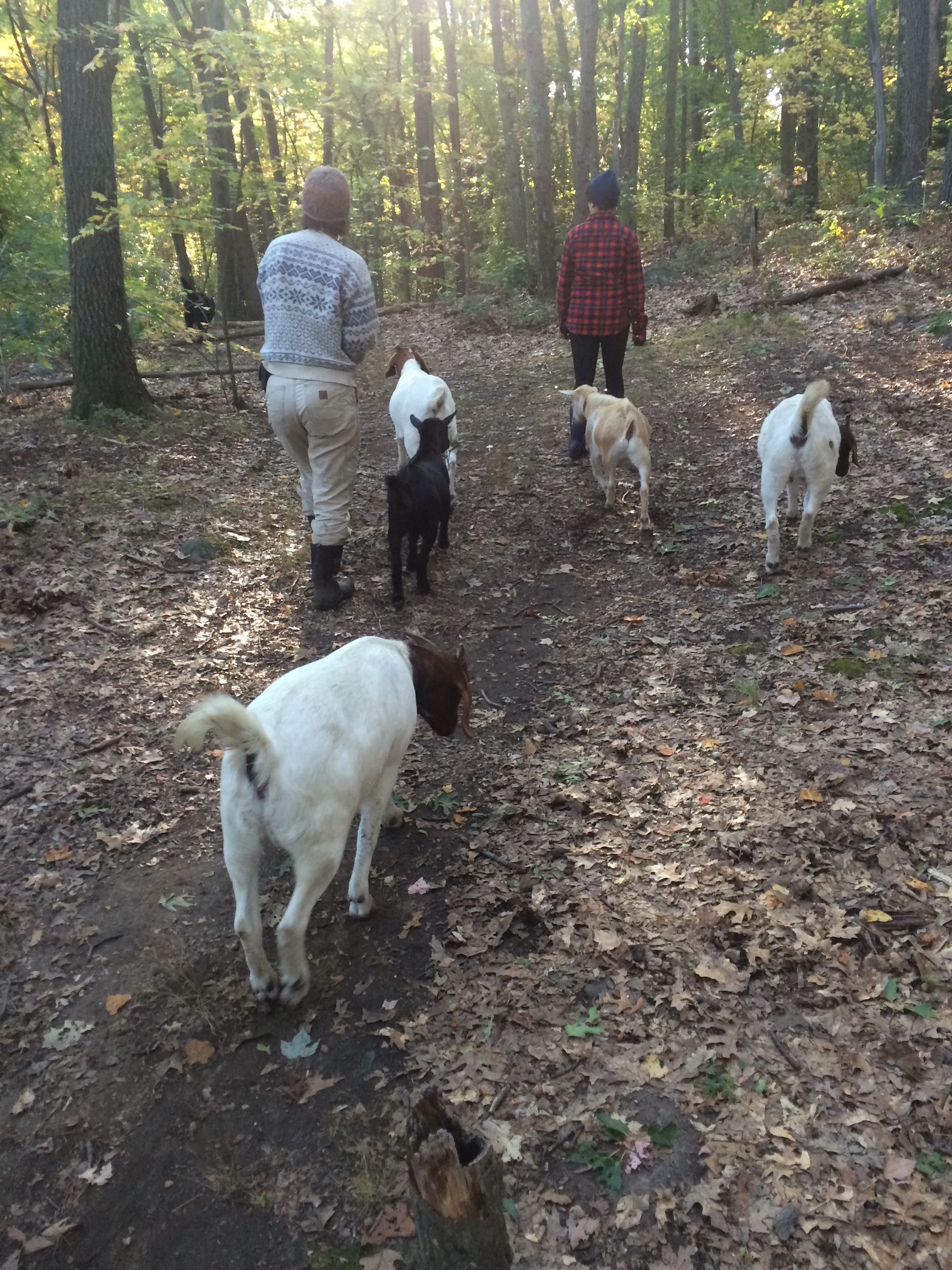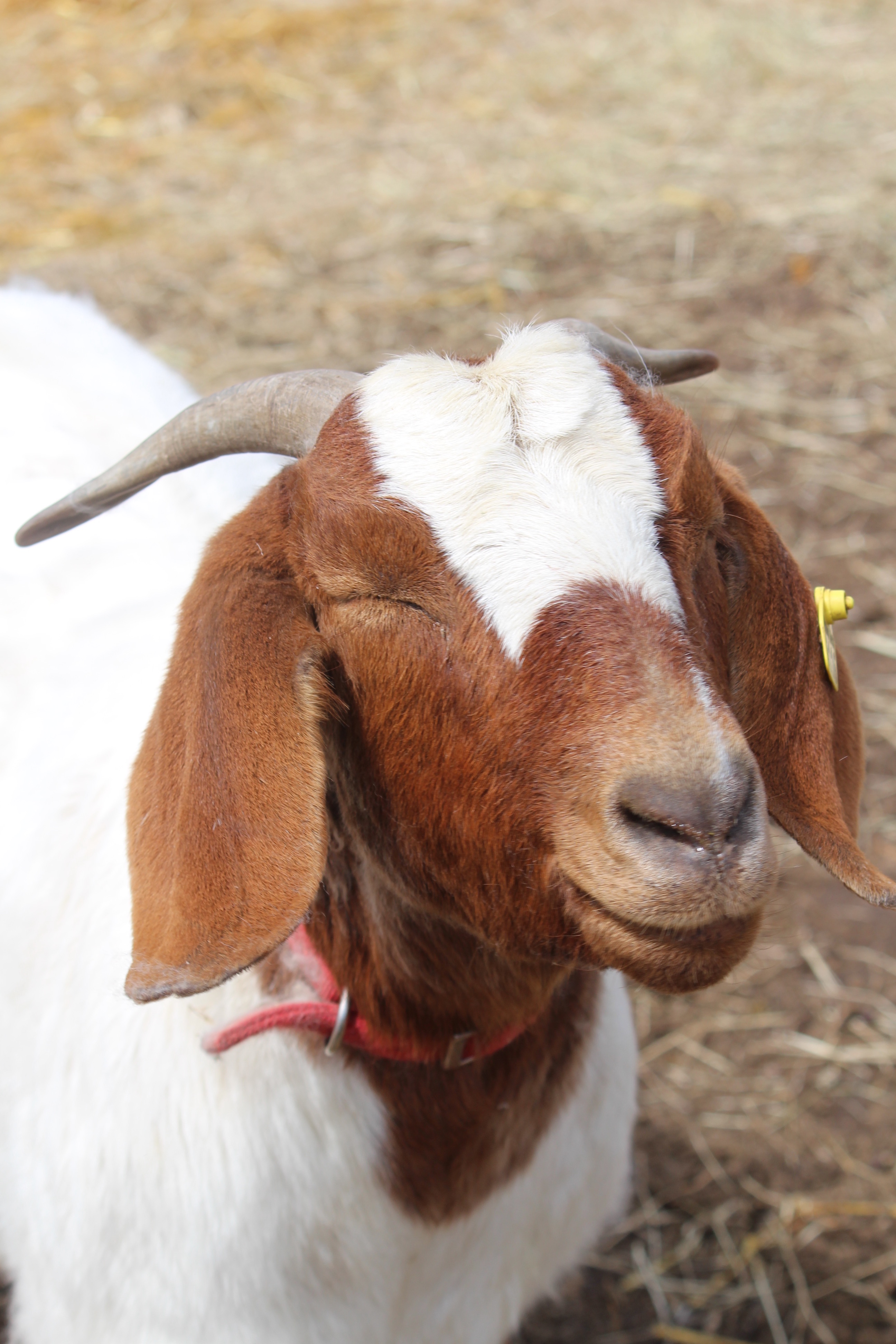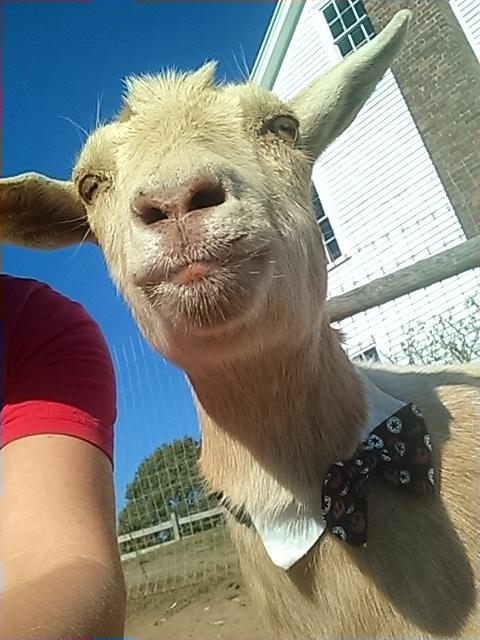October 2018
Written by By Sally Quinn (Former Board President)
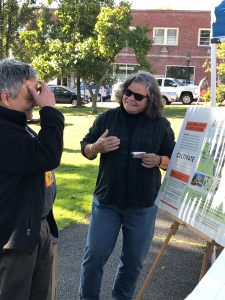
September 10 was my last Wright-Locke Farm Conservancy Board meeting. My first one was the inaugural meeting of the Conservancy in the fall of 2008. If I may take a moment to wax poetic, here are a few thoughts. Leaving the Board is bittersweet for me. Maybe it is hitting hard since this meeting fell two days after I watched my daughter marry her boyfriend of 11 years, a love affair that started in Ms Maserian’s art room at Winchester High School. Or maybe I am just getting sentimental. I am leaving the board because my term limit is up and I believe that is a good thing for the organization. A place as vibrant as the farm profits from change in leadership. And I am leaving the farm in extremely good hands. Our Board and staff are committed, hard-working, and all share a love of the farm. No problem there.
It has been a pleasure (and a fair amount of hard work) to watch the farm grow to what it is today. I mean that. I have enjoyed working with and meeting so many bright and energetic folks. As lovely as the landscape is at the farm, it is the people who make it special.
I do not have to remind the board about how far we have come. The farm is a distinctly different place from its first years when volunteers operated a pick-your-own raspberry effort from under the big tree on Ridge Street. Due to the Life Estate granted to the Hamiltons, we only had access to the squash house and to get there we could not use the driveway. Today we are well over a half-million dollar a year enterprise offering a full range of certified organic produce, locally sourced goodies in our farmstand, a rich panoply of youth and adult education courses, and over 70 events ranging from birthday parties, to Family Farm Nights, PTO get-togethers, Scout meetings, farm dinners, and weddings. This is managed with a staff of well under 20 (mostly seasonal), countless volunteers, and a dedicated Board. Most noticeably absent from that list are the many, many people who just wander through, every hour of every day, all year long. Something keeps bringing people back. The farm possesses a magic and a serenity that humans need, more and more every year. With the help of a very supportive community, we have created something special here and this success is due to WLF’s staff and dedicated volunteers.
From the hard work that allowed the town to buy the farm in 2007, to the marvel of raising enough money to purchase the 12.6 acres that were up for development in 2015, the farm has been a miracle since its inception. The many people who pitched in and made this happen deserve the thanks for that. But it is extremely satisfying to look back upon.
So what sage advice do I leave for the farm? Keep doing it like we do. Maintain our open and welcoming attitude. Every single person that comes to the farm deserves a hello and how-do-you-do. Summer days can be hot, work in the fields and with children is hard, but we need to pull out a smile for our visitors. That is what got us to this place. Nurture everyone who happens through. Who knows? The future leadership of the farm may be found feeding the goats some day soon
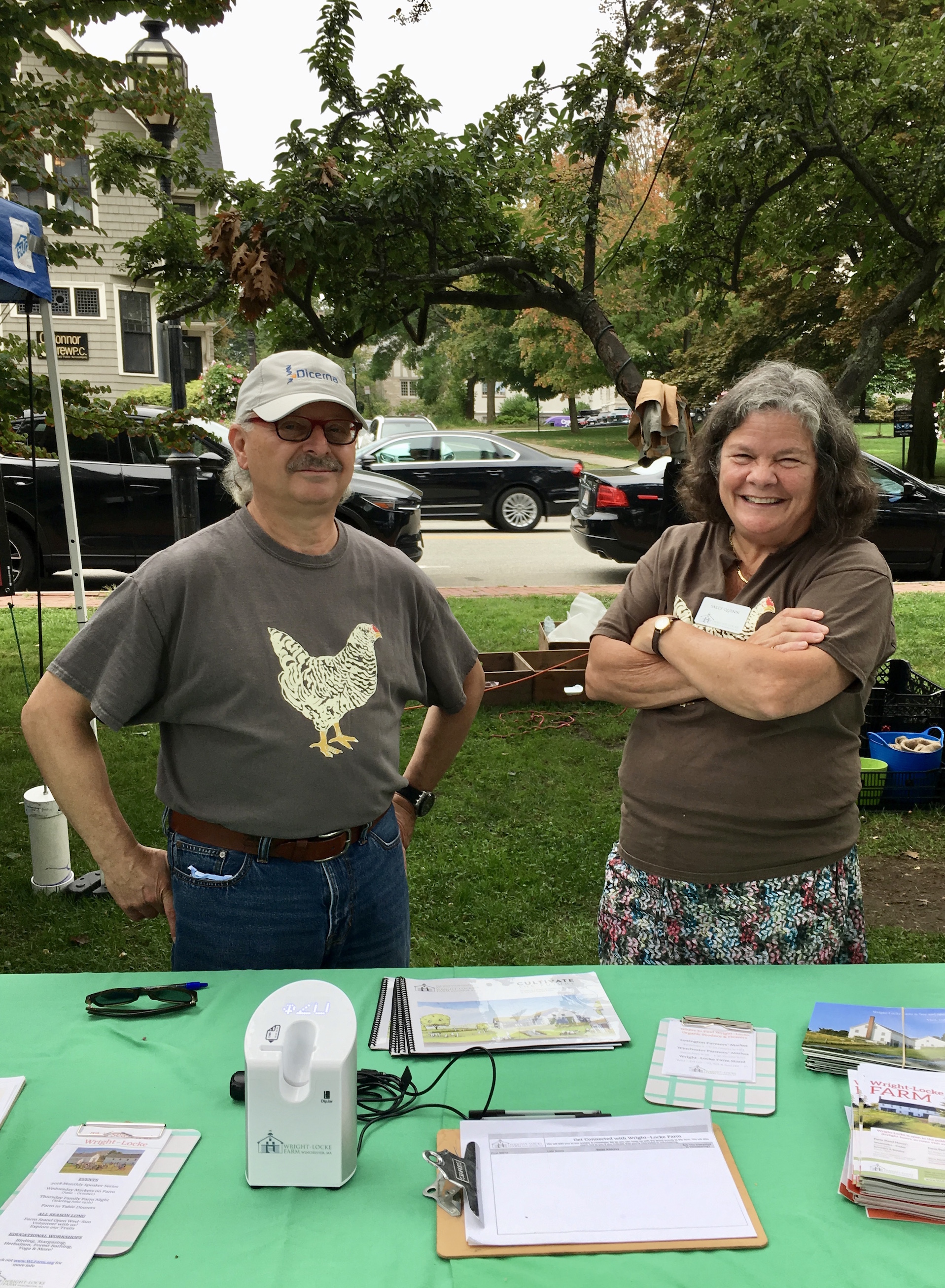
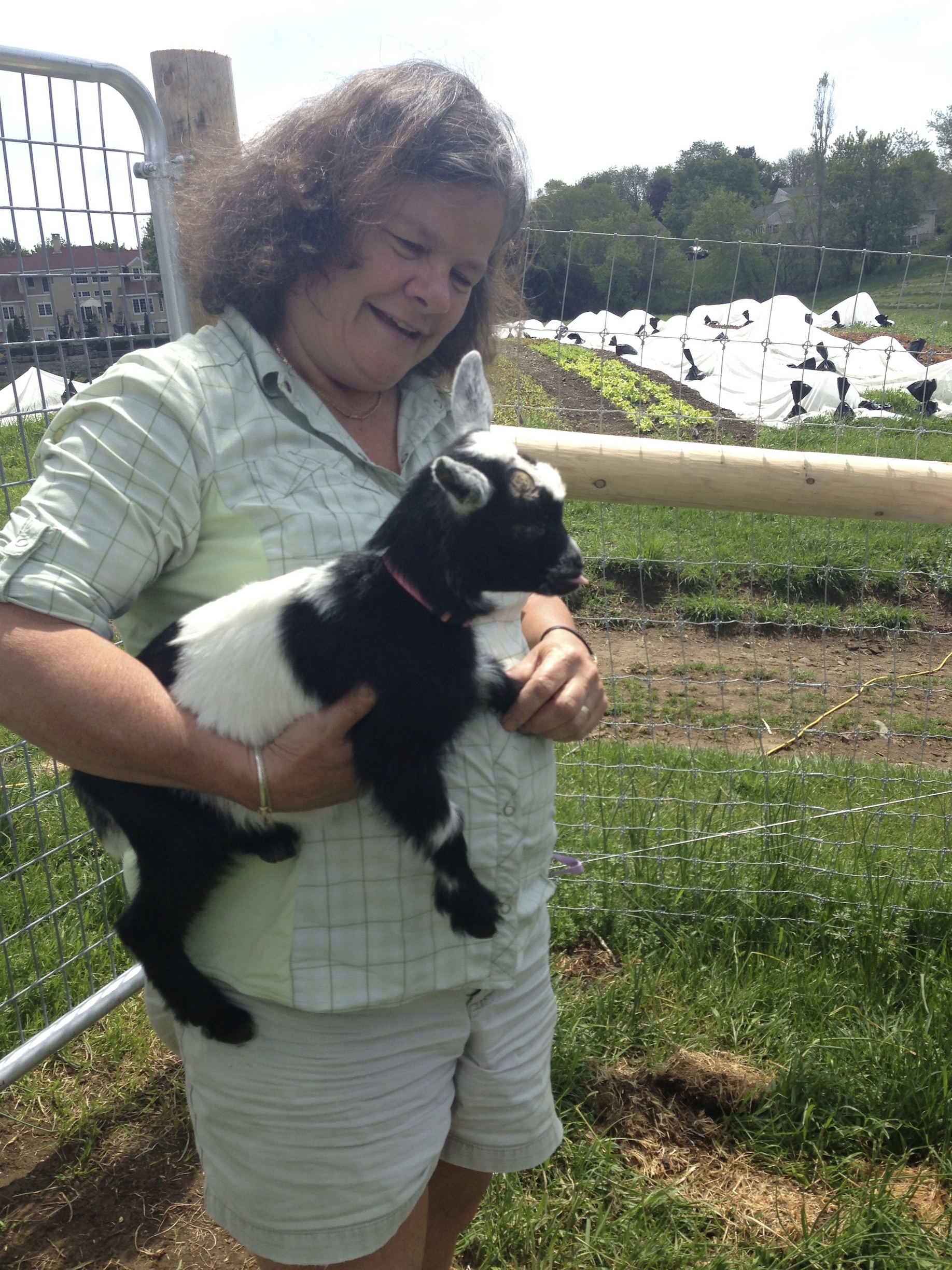
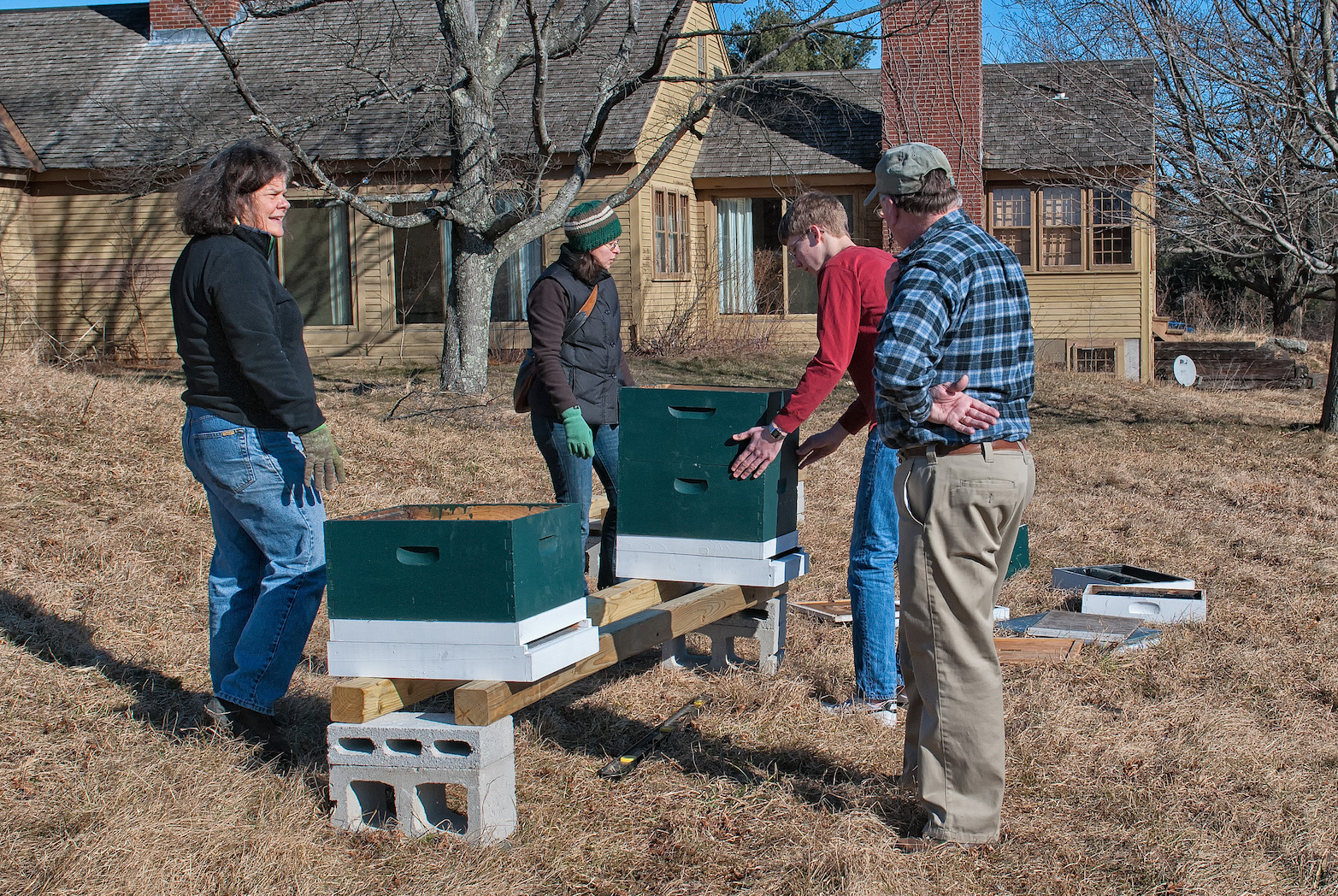
We have been smart (and perhaps lucky) enough to keep a handsome reserve as we all know that farming is tough and there are lots of things over which we have no control. We have a board agreement that we will always hold a reserve at least equal to half of our annual budget. For a rainy day. Or, since we are a farm, a drought or a fire, or whatever. Hold on to that reserve, in case we need it someday. It also helps us sleep at night.
And really, I am not leaving the farm or Winchester. It is home. And I am certainly not leaving the Farm with any leadership issues. Lia O’Donnell, who has been Vice -President, is ably taking over the President’s role and Scott Gilmour is taking on the Vice-Presidency. These are two smart and energetic fans of the farm who care deeply about its future. So no problem there!
I might take some time to travel with my ever-patient husband, but the bees still need keeping, chores never cease, sunsets still need to be admired at the end of the day, and I love to fill in where needed. So, you probably won’t know I left. That works for me.
Thank you for all the fun. It has been a great ride.
Continue to think and dream big. No one could have imagined where we would be today and I cannot foresee where we will be in another 10 years. But let’s keep dreaming. Believe there is no limit.
Keep an eye to the budget. Write it as well as you can and try to live within it. Know where the money will come from. But never be afraid to invest in something new. Every week we think up and hear about new ideas. Usually the good ones float to the surface and the others seem to just wither away. Visitors, staff, volunteers, and board members all need to be listened to, because they are a source of great forward movement. Let’s keep reaching out to all of them.
